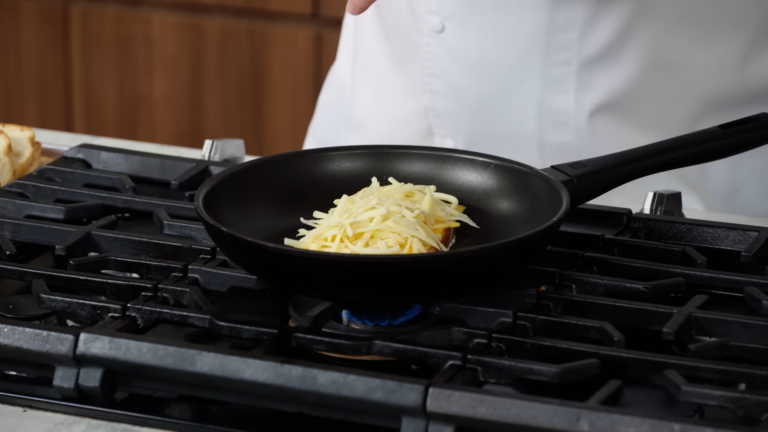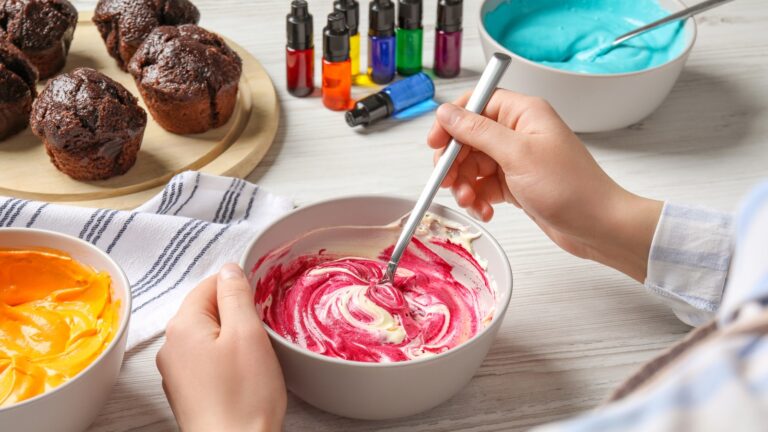Lamb lovers often find themselves in a lively debate. Is it okay to eat lamb when it’s rare?
Some folks insist on cooking it to absolute perfection, while others savor the rich flavors of less-cooked lamb.
Regardless of where you stand, mastering the art of cooking lamb just right is crucial for both safety and taste.
Key Takeaways
- It is safe to eat lamb rare as long as the outer surface is thoroughly seared.
- We recommend the following temperatures: Rare 60°C. Medium rare 60–65°C.
The Taste?
Eating rare lamb has an undeniable allure. Its tenderness and juiciness create a delightful sensory experience.
The natural flavors shine through, making it a unique culinary adventure. In certain cultures, like Mediterranean and Middle Eastern, rare lamb is a tradition that preserves its authentic taste and tenderness.
Proper Preparation & Cooking for Safety
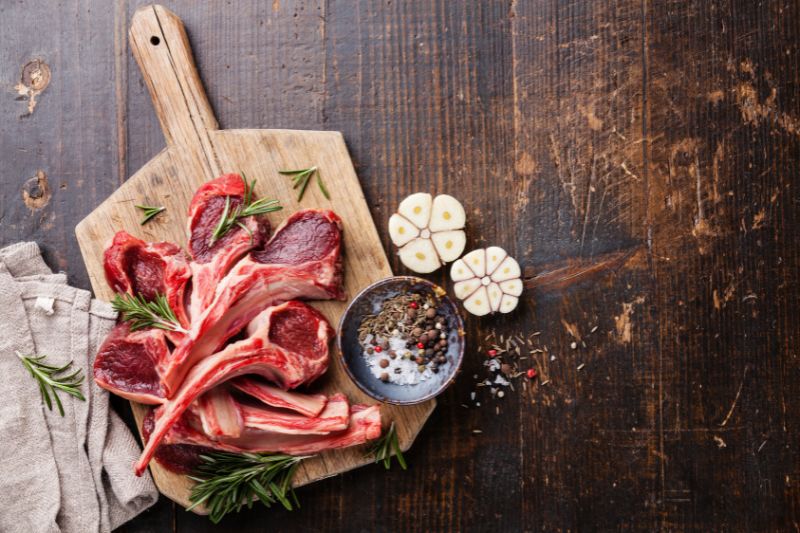
While the appeal of rare lamb is undeniable, it is crucial to prioritize safety when preparing and cooking it.
Proper handling, storage, and cooking techniques are essential to minimize the risk of foodborne illnesses associated with undercooked meat.
Handling & Storage
- When working with raw lamb, practice good hygiene.
- Store lamb properly in the refrigerator, separate from other foods.
- Ensure the lamb is fresh and not expired.
- Thoroughly wash hands, utensils, and surfaces that come into contact with the raw meat to prevent cross-contamination.
Cooking Temperature
- The recommended internal temperature for lamb is 145°F (63°C) for medium-rare and 160°F (71°C) for medium.
- This ensures any harmful bacteria present in the meat are killed.
- Use a meat thermometer to gauge the temperature accurately.
Resting Time
- After cooking, allow the lamb to rest for a few minutes before serving.
- Resting helps distribute the juices within the meat, resulting in a more flavorful and tender final dish.
Which Cuts To Eat Rare?
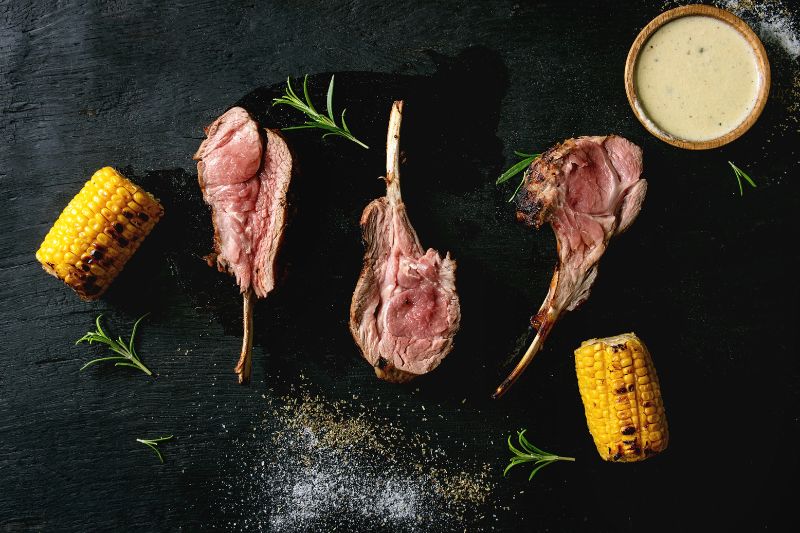
While some argue that lamb should be cooked to perfection, others relish the flavorful experience of enjoying it rarely.
So, which cuts of lamb are suitable for rare cooking, and which should be avoided? Let’s find out.
Lamb cuts suitable for rare cooking include:
- Rack of Lamb: Known for tenderness and delicate flavor, it can be roasted or grilled for juicy results.
- Lamb Chops: Tender and delicious, grilling or pan-searing to medium-rare preserves natural juices.
- Lamb Tenderloin: Lean and mild, it pairs well with seasonings and stays juicy when cooked rare.
Lamb cuts to avoid eating rare include:
- Shoulder: The shoulder of a lamb contains more connective tissue, requiring longer cooking times to break down and become tender. While slow-cooking methods can transform this cut into a flavorful and tender dish, it is not recommended to cook it rare as it may be tough and chewy.
- Leg of Lamb: A versatile cut that can be roasted, grilled, or braised. Due to its size and additional connective tissue, it is best cooked to medium-rare or medium for a tender and flavorful result.
- Shanks: Coming from the lower portion of the lamb’s leg, shanks are known for their rich flavor. These cuts are best suited for slow-cooking methods, such as braising, which breaks down tough fibers and makes the meat tender and succulent.
Bonus Recipe – Perfect Rare Rack of Lamb with Herb Crust
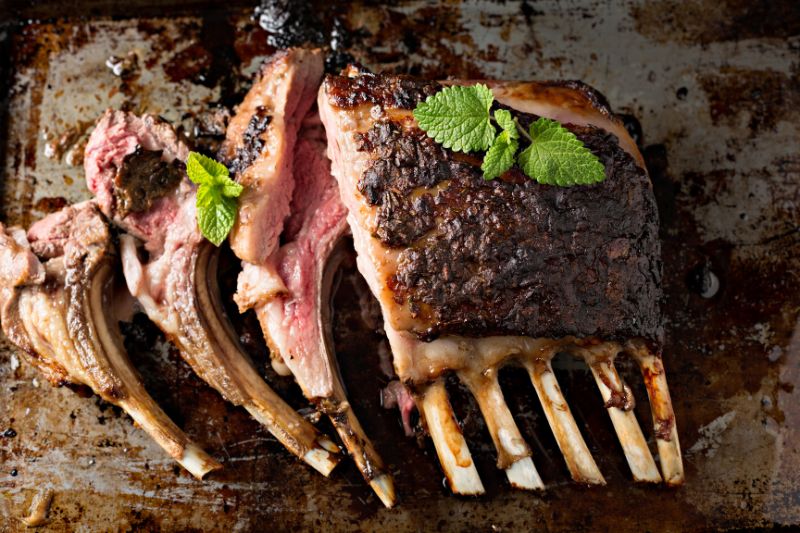
For enthusiasts eager to explore the culinary delight of rare lamb, mastering a specific recipe ensures both safety and a delectable taste experience. Here’s a step-by-step guide to preparing a perfect rare rack of lamb, a cut celebrated for its tenderness and flavor.
Ingredients:
- 1 rack of lamb (about 8 ribs)
- 2 tablespoons olive oil
- Salt and freshly ground black pepper
- 2 cloves garlic, minced
- 1 teaspoon fresh rosemary, chopped
- 1 teaspoon fresh thyme, chopped
Preparation Steps:
- Preheat your oven to 400°F (200°C).
- Season the rack of lamb generously with salt and pepper.
- Mix olive oil, garlic, rosemary, and thyme in a bowl. Rub this mixture all over the lamb.
- Heat a skillet over high heat. Sear the lamb rack on all sides until golden brown, about 2-3 minutes per side.
- Transfer the lamb to a roasting pan. Insert a meat thermometer into the thickest part of the meat.
- Roast in the preheated oven. For rare lamb, aim for an internal temperature of 125°F (52°C) before resting. This usually takes about 15-20 minutes, depending on the size of the rack.
- Remove the lamb from the oven. Cover loosely with foil and let it rest for 10 minutes. The temperature will continue to rise to reach 135°F (57°C), the perfect rare stage.
- Carve between the ribs and serve immediately.
Additional Tips
- Ensure the lamb is at room temperature before cooking to promote even cooking.
- Always use a meat thermometer to avoid guesswork and ensure the perfect rare finish.
- Letting the lamb rest is crucial. It allows juices to redistribute, ensuring each bite is succulent.
FAQs
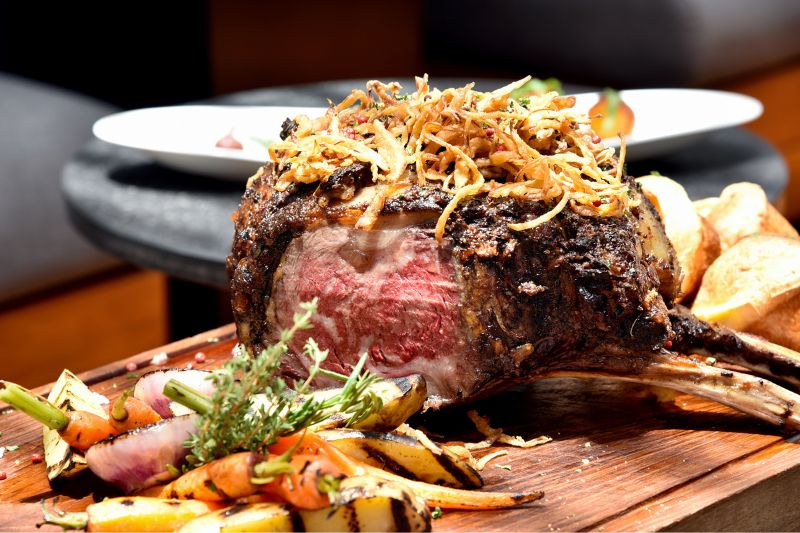
What is too rare for lamb?
Too rare for lamb refers to meat that has been cooked to an internal temperature below 125°F (52°C). At this level, the lamb is usually very red and cool in the center, which can be unsafe because it may not reach a high enough temperature to kill harmful bacteria. For safety and quality, lamb should reach an internal temperature of at least 135°F (57°C) for a rare finish, after resting.
Can you eat lamb liver rare?
Eating lamb liver rare is not recommended. Liver, like other offal, should be cooked thoroughly to an internal temperature of at least 160°F (71°C) to ensure it is safe to eat. This is because liver can harbor pathogens and parasites that are only eliminated through proper cooking.
Is lamb OK to eat pink?
Yes, lamb is OK to eat pink as long as it has reached the safe minimum internal temperature. For lamb, a pink color with a minimum internal temperature of 135°F (57°C) after resting is considered rare and is generally safe to eat. This ensures that any harmful bacteria present have been killed, while still retaining the meat’s moisture and flavor.
How to cook lamb safely?
To cook lamb safely, follow these guidelines:
- Always start with fresh or properly thawed lamb.
- Use a meat thermometer to ensure the lamb reaches the recommended internal temperatures: 145°F (63°C) for medium-rare, 160°F (71°C) for medium, and 170°F (77°C) for well-done, allowing the meat to rest for at least three minutes before carving or consuming.
- Practice good kitchen hygiene by washing hands, utensils, and surfaces before and after handling raw lamb to prevent cross-contamination.
- Store lamb at the correct temperatures, refrigerating or freezing it as necessary.
Can lamb sausages be pink?
Lamb sausages can be slightly pink in the center as long as they have been cooked to a safe minimum internal temperature of 160°F (71°C). The color alone is not a reliable indicator of doneness. Some sausages, due to their ingredients or processing methods, may remain pink even when fully cooked. Always use a meat thermometer to ensure they have reached the safe temperature throughout.


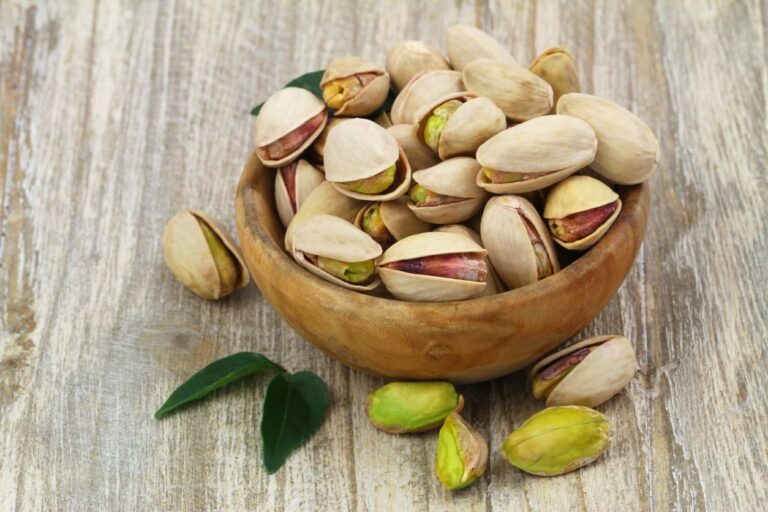
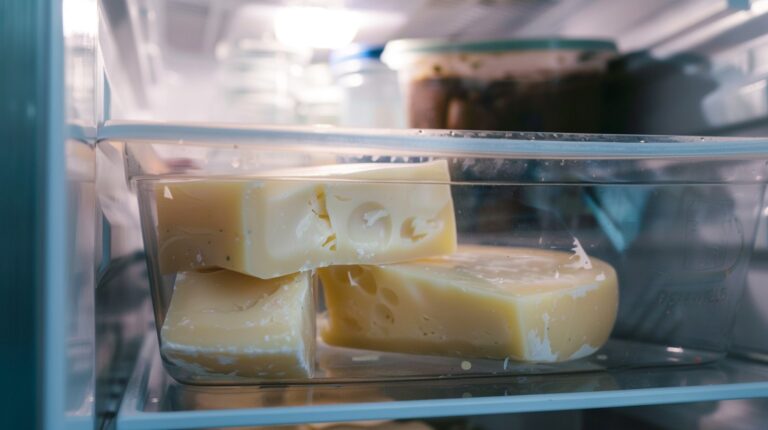
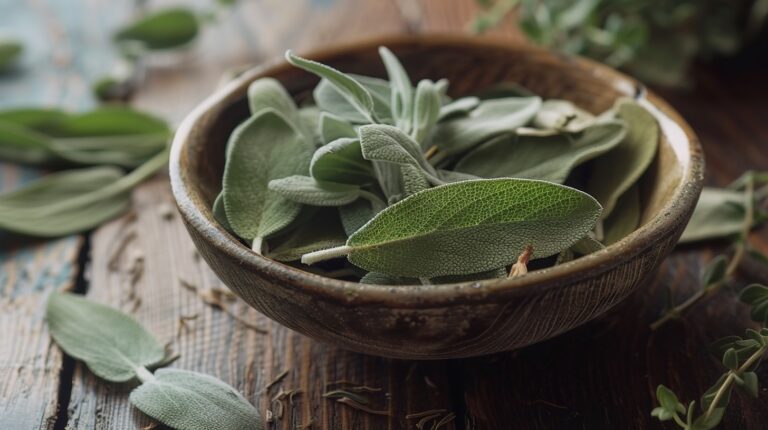
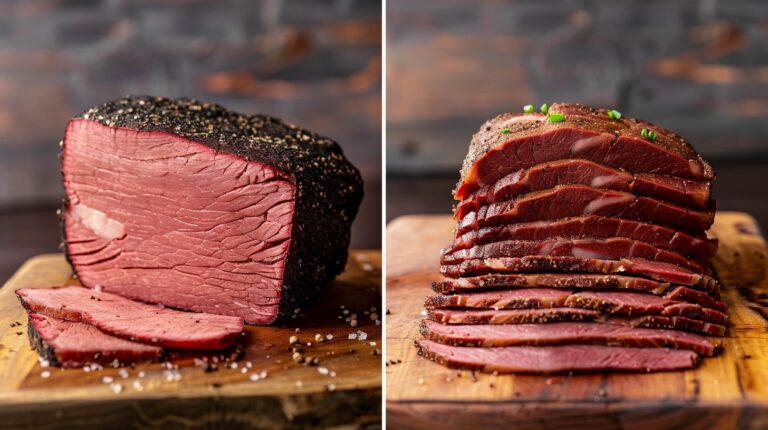
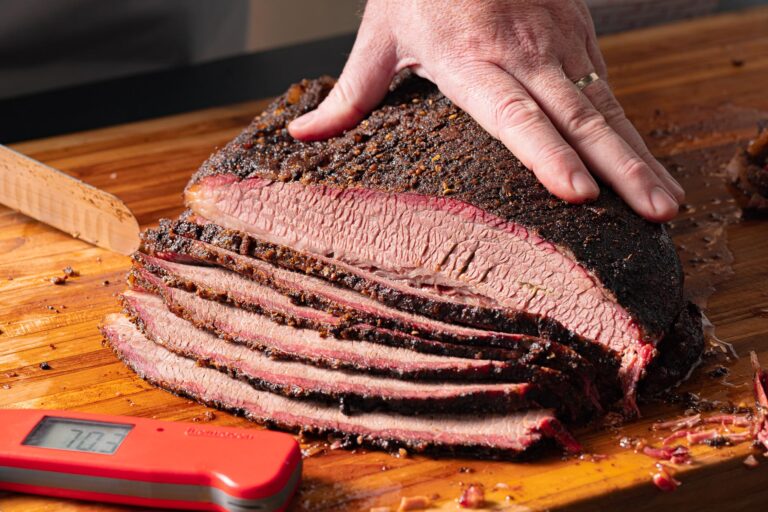
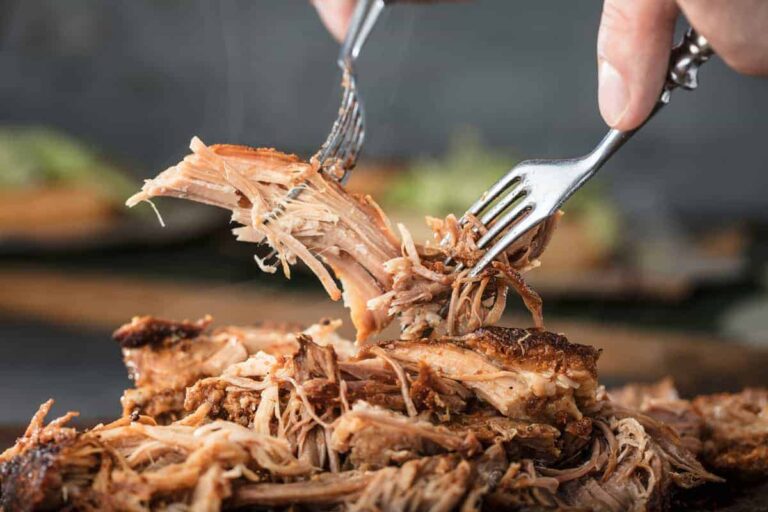
![Can You Eat Lamb Rare – Lamb Lovers’ Safety Guide [Bonus Recipe]](https://mtwildflowerkitchen.com/wp-content/uploads/2024/03/Can-You-Eat-Lamb-Rare-–-Lamb-Lovers-Safety-Guide-Bonus-Recipe.jpg)
